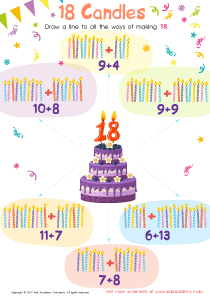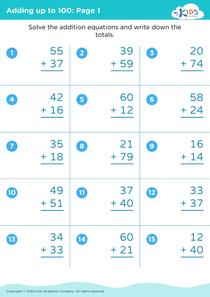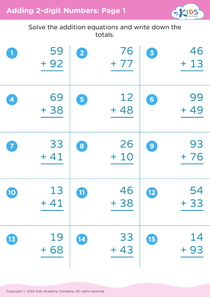Visual comprehension Adding Up to 5 Worksheets for Ages 5-7
7 filtered results
-
From - To
Unlock your child's math potential with our "Visual Comprehension Adding Up to 5 Worksheets." Tailored for ages 5-7, these worksheets turn learning into an engaging adventure. Kids will enhance their visual and math skills by identifying and summing up familiar objects up to 5. Perfect for early learners, these activities foster a strong foundation in basic addition through interactive, fun exercises. Whether at home or in the classroom, our worksheets are an essential resource for children’s cognitive and mathematical development. Empower your child today with our expertly designed, easy-to-use printable worksheets.
Visual comprehension of adding up to 5 is a foundational skill crucial for early learners aged 5-7. Firstly, it helps solidify basic math concepts. By visualizing the addition process, children can see exactly how numbers combine, making abstract concepts more tangible. This skill also supports number sense—an understanding of numbers and their relationships—which underpins virtually all future math learning.
Additionally, visual comprehension aids in cognitive development. When children manipulate objects or images to solve addition problems, they develop problem-solving skills and logical thinking. These cognitive abilities extend beyond math, influencing overall academic performance.
Moreover, early success in math can boost a child’s confidence and enthusiasm for the subject. Positive early experiences lay the groundwork for a growth mindset in mathematical learning, where children see challenges as opportunities to learn rather than as roadblocks.
Furthermore, teachers and parents who emphasize visual tools can better identify and support diverse learning styles. Some kids may grasp concepts more quickly through visual aids rather than traditional numeric methods.
In summary, parents and teachers should care about visual comprehension of adding up to 5 for young learners as it cultivates essential math skills, aids cognitive development, boosts confidence, and accommodates diverse learning needs, laying a strong foundation for future academic success.

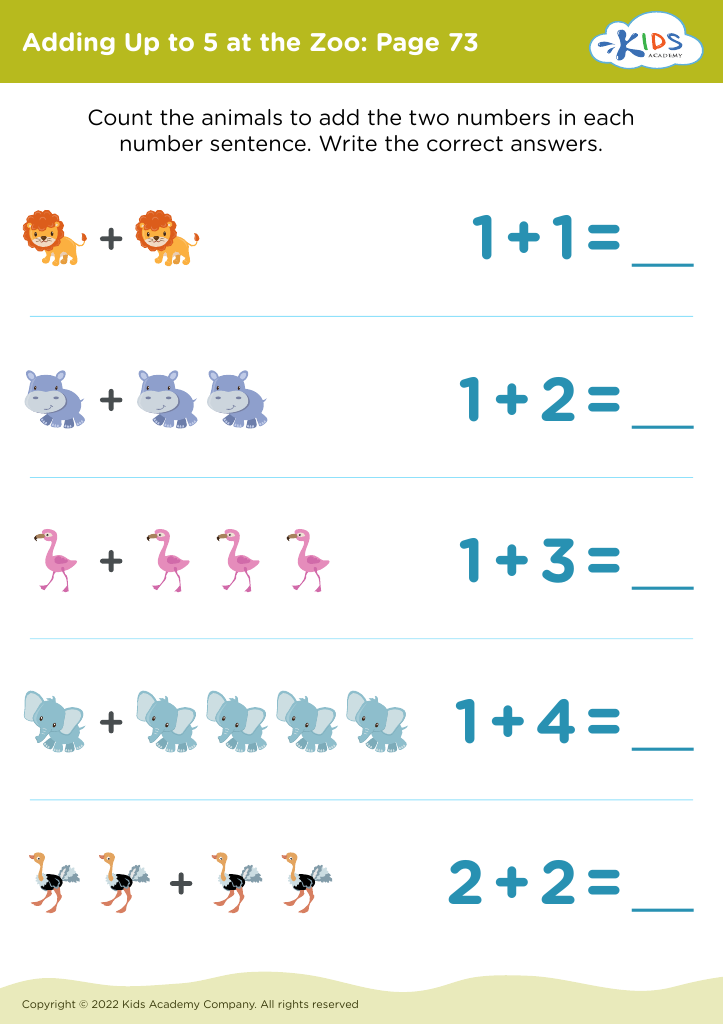

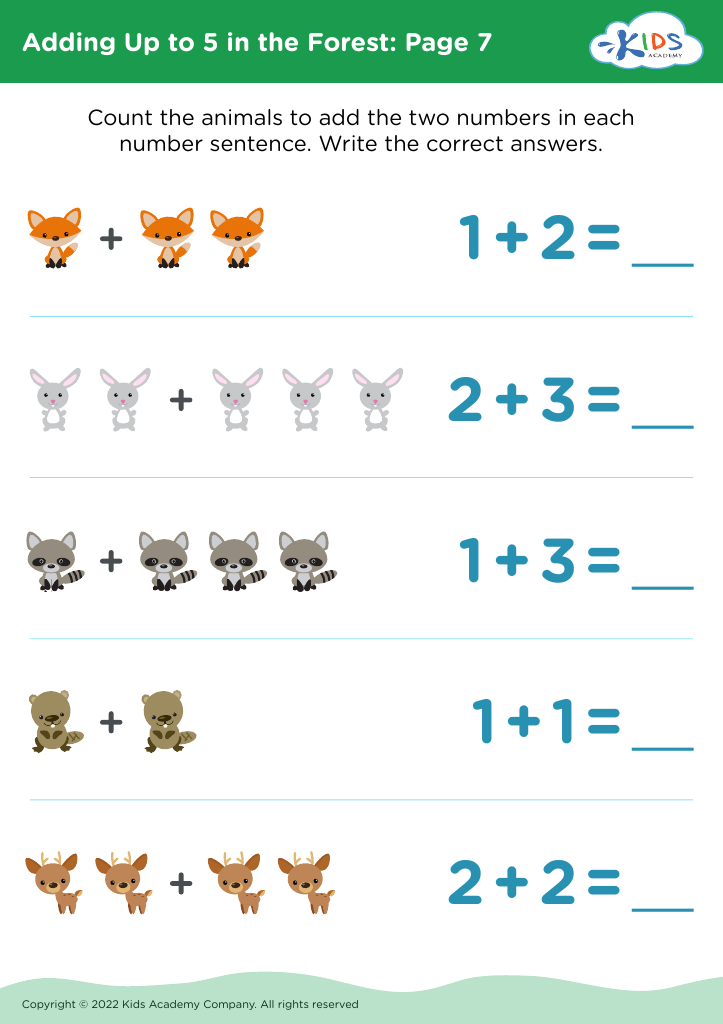

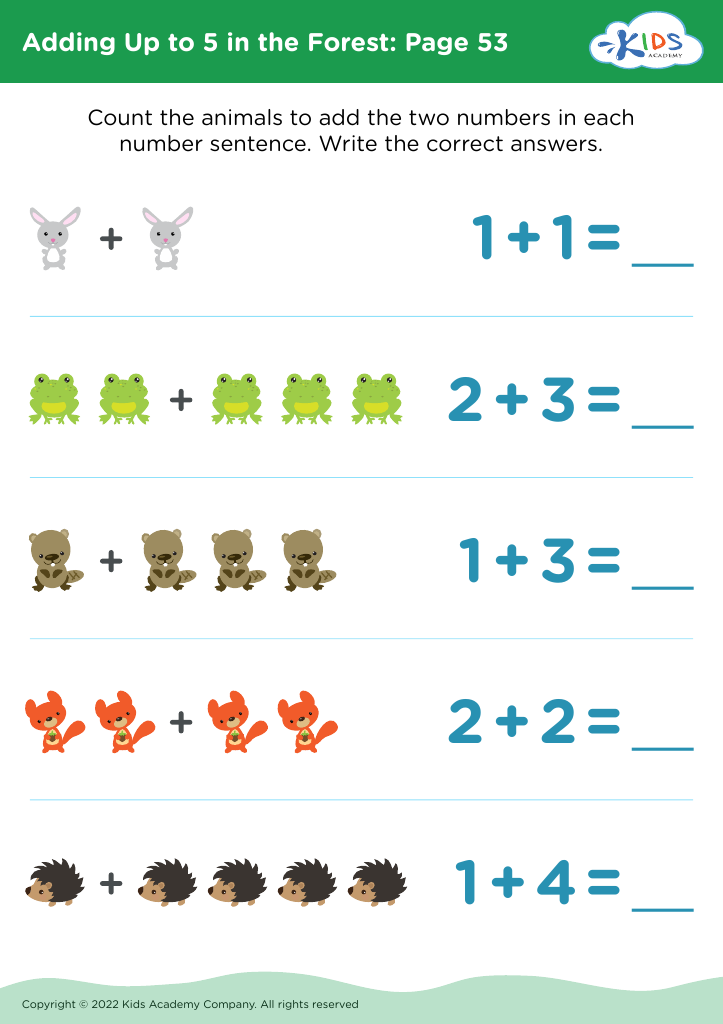

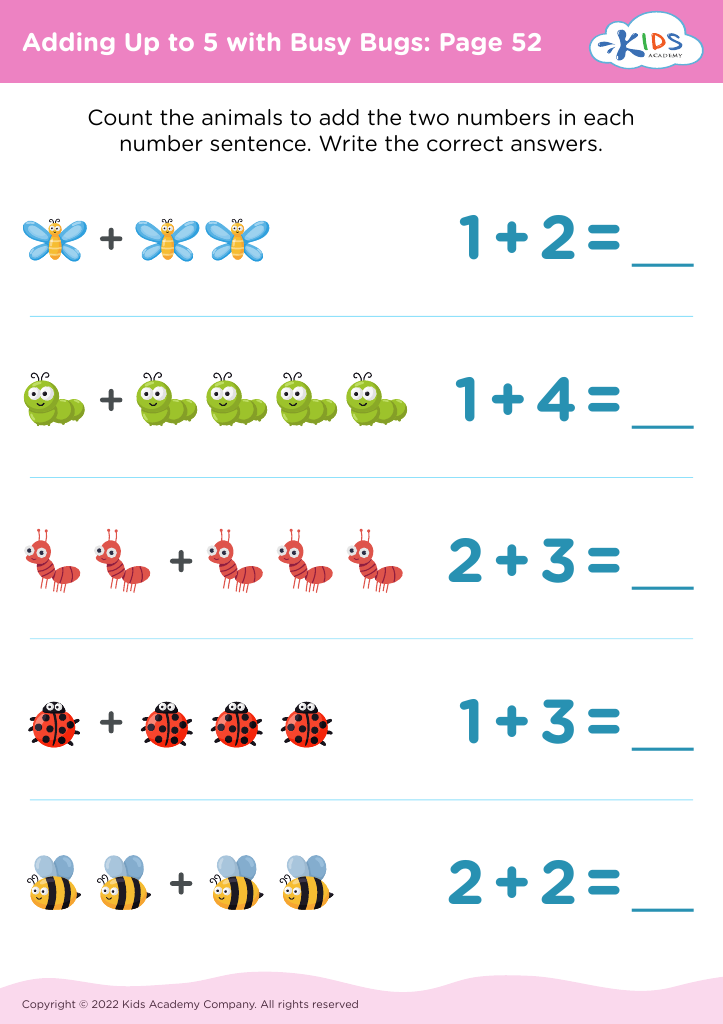



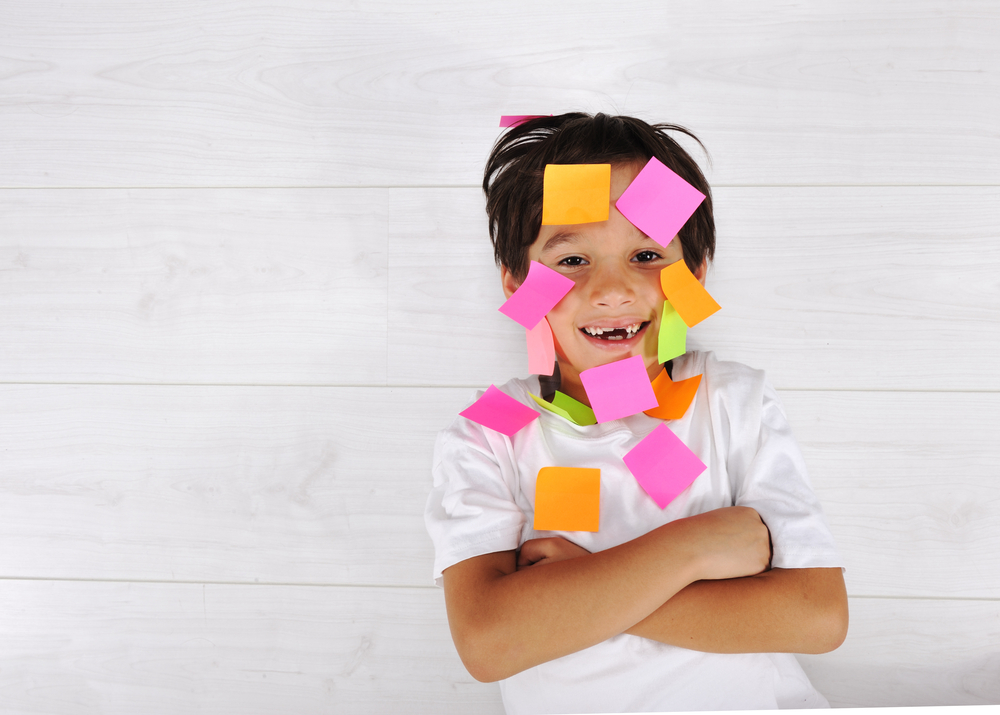

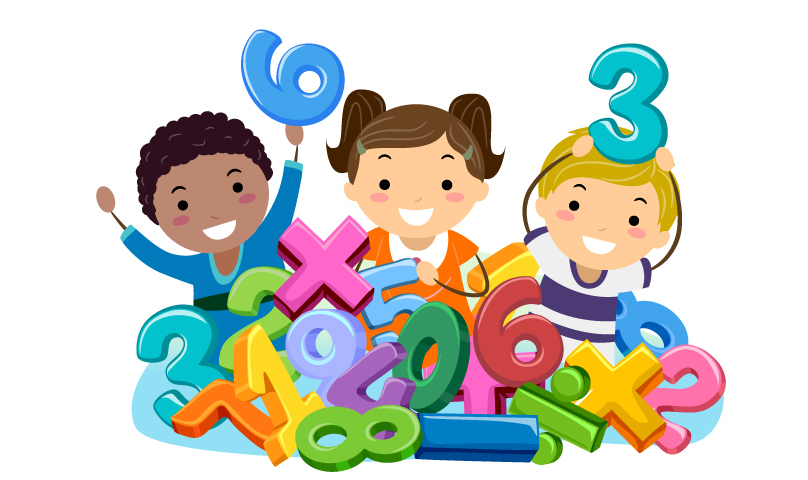

%20(1).jpg)
